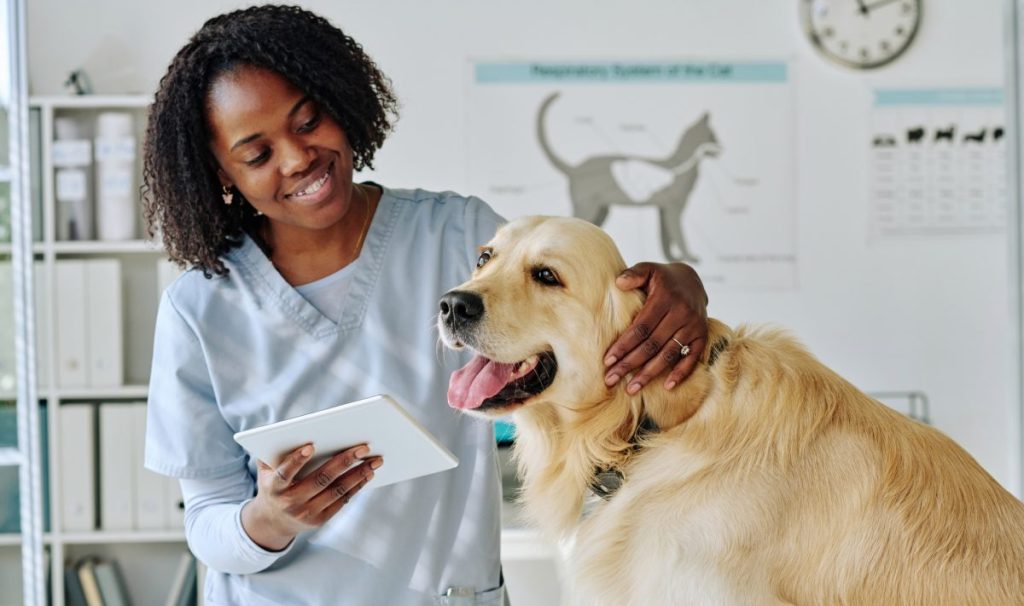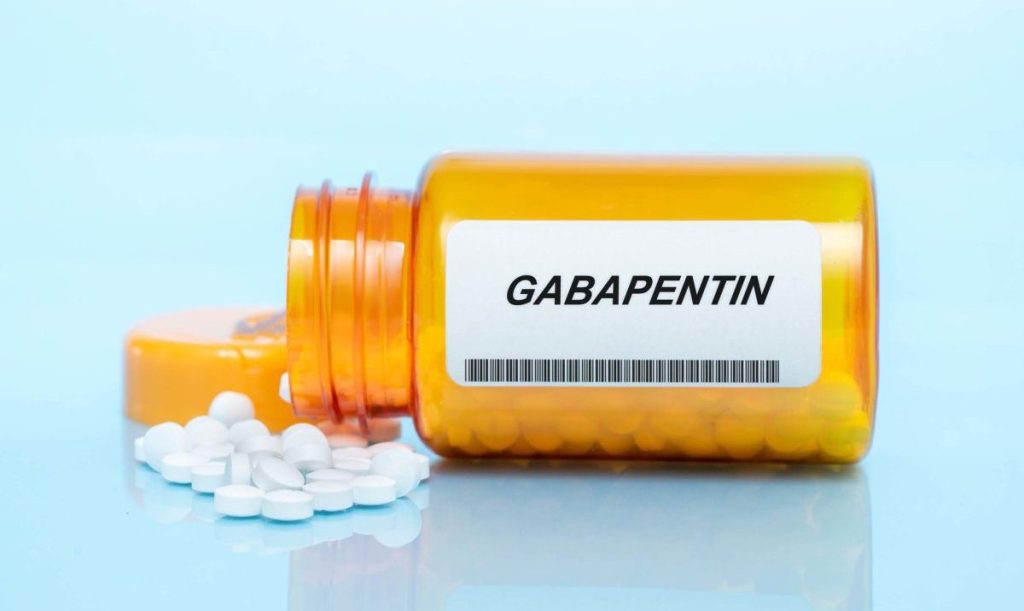Gabapentin is a drug that can be used as a treatment for seizures or chronic pain in dogs. It can also be prescribed to treat certain forms of canine anxiety. This medication is also known by the brand name Neurontin.
At this time, the drug is not FDA-approved for canine use. However, veterinarians commonly prescribe it and find it safe for dogs, so long as dog parents obtain veterinary approval and follow instructions.
Always take your dog to the vet and discuss treatment for any medical conditions they may have before you give your pet any medication, including gabapentin. Here’s what you should know about the uses, proper dosage, and side effects of gabapentin for dogs.
Gabapentin usage for dogs

Gabapentin is often used as a treatment for chronic pain in dogs, though it’s usually not used by itself. In particular, vets typically combine it with other medications such as opioids or NSAIDs. Gabapentin amplifies the effects of these drugs.
Although we don’t fully understand the mechanisms, vets believe gabapentin inhibits the neurotransmitter glutamate by affecting calcium channels in the nervous system. In doing so, it reduces a dog’s ability to perceive pain.
Some painful conditions vets might treat with gabapentin include chronic arthritis, pain associated with cancer, and hyperalgesia — which is a heightened sensitivity to pain. It may also be prescribed for allodynia, which is a sensation of pain to normally non-painful stimuli.
Vets can also use gabapentin to treat seizures, anxiety, and idiopathic epilepsy in dogs. Because it affects the nervous system, it can prove particularly useful for pain associated with neuropathic disorders.
Some vets may prescribe the drug to calm anxious behavior before a vet visit. In the case of seizures, the medication mimics the neurotransmitter GABA, which helps calm excessive electrical activity in the nerves of the brain.
Gabapentin dosage for dogs

The following is a general guideline for the typical use of the drug in dogs and must not replace your veterinarian’s advice for your individual pet.
Dosage of gabapentin for dogs depends on whether the drug is being prescribed to treat chronic pain or a condition such as seizures.
Always ask your vet before giving your dog any medication, and follow their instructions closely. You can seriously harm your dog if you attempt treatment without professional advice.
For chronic pain, the typical dosage is 1.4 to 5 mg of medication per pound of weight. Your vet may adjust the dosage based on its effectiveness in your dog, as well as your dog’s reaction to the medication. Over longer periods of time, a dog may build a tolerance to the medication, and dosage may be increased. Vets usually recommend pet parents give this dose once every 24 hours to treat pain.
As a treatment for seizures in dogs, the dosage of gabapentin is typically higher. This usually ranges from 4.5 to 13.6 mg per pound of weight, and vets recommend administering the anticonvulsant every eight to 12 hours.
The medication is most commonly prescribed as either 100 mg or 300 mg capsules, so measure carefully and strictly adhere to your veterinarian’s guidelines. Despite that, the starting dose is typically 10 mg.
Gabapentin side effects for dogs

You must read the label before administering any liquid version of gabapentin to your dog. The liquid form often prescribed to humans contains xylitol, which is toxic for dogs. Always stick to your vet’s advice for choosing the correct form of the drug.
Parents of dogs with liver or kidney disease, dogs who are pregnant or nursing, and dogs who are on other medications — including antacids, morphine, and hydrocodone — should notify and consult their vet before exposing their dogs to gabapentin. Moreover, there should be a two-hour wait time between administration of oral antacids and gabapentin for dogs.
Gabapentin can also cause deficiencies in calcium, vitamin D, vitamin B1, and folate, some of which are integral in nerve repair. This can slow down recovery time. As such, your vet may recommend supplements to make up for these deficiencies.
Gabapentin is generally safe for dogs as long as dog parents follow guidelines and veterinary instructions.
Typical side effects include:
- Lethargy
- Sedation
- Ataxia, or wobbliness
Less common, more serious side effects may occur. You should contact your vet if you notice the following symptoms:
- Diarrhea
- Vomiting
- Depression
- Bulging eyes
- Loss of coordination
- Oversleeping
Typically, overdose is not life-threatening, though it may cause these symptoms to appear more frequently and severely. You should not discontinue the use of gabapentin abruptly, as this can cause your dog to experience seizures and other withdrawal symptoms. Instead, your vet should wean your dog off the drug gradually.





